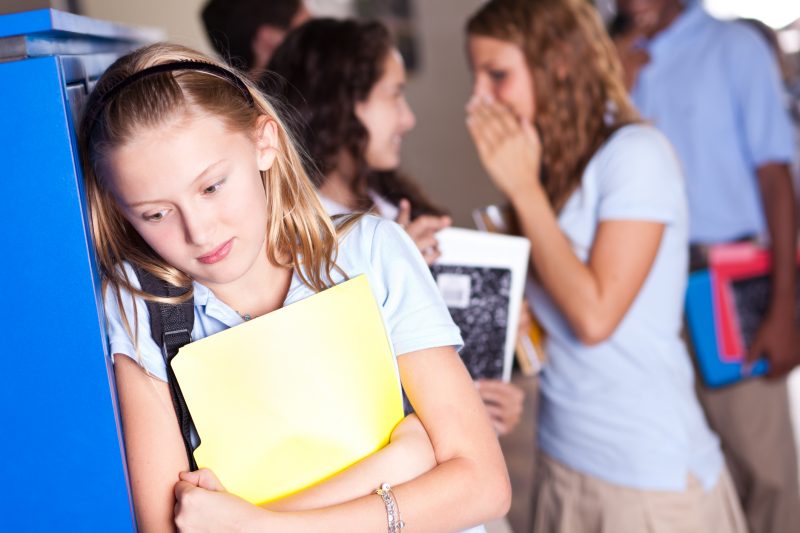
Parents play an important role in helping kids make good choices when it comes to peer influence.
“Come on. Let’s cut math class to go grab an iced mocha instead. You in? The girls and I are doing it.”
Naomi knows there’s a math quiz today and doesn’t want to get a failing grade, but she also doesn’t want to disappoint her friends. She’s feeling peer pressure.
As kids grow, they will be faced with situations of peer pressure as early as third grade all the way up through high school, said Julie Callow, Akron Children’s family nurse practitioner in adolescent medicine.
The urge to fit in with friends and avoid rejection is a normal stage of development. As kids search for their identity and how they fit in, they are now looking to their peers — instead of their parents — to make decisions about what they wear, how well they do in school and which hobbies they participate in.
Fortunately, peer pressure isn’t always a bad thing. It can encourage kids out of their comfort zone and make the jump to try new activities, sports, food or music. Peer pressure becomes a problem, however, when it leads to risky behavior, such as smoking, sex, alcohol, cheating, bullying or shoplifting.
“The divider comes into play when children are pressured to do something they know isn’t right and could get them into trouble,” said Julie. “Teach your kids to ask themselves, ‘Is this something I would normally do?’ to differentiate between good and bad pressure.”
As a parent, you play an important role in helping kids make good choices when they’re being influenced — for better or worse. Julie offers 5 tips to help your children navigate negative peer pressure and develop the courage to stand up to it.
Stay involved in your child’s life. It’s important to stay informed in your child’s life, be a good listener and talk through her problems. Keep an open communication about her friends, interests, schoolwork and more. Kids with engaged parents typically feel more comfortable approaching them with their problems, have higher self-esteems and can more easily resist peer pressure.
Role play peer pressure. If your child is struggling with negative peer pressure, offer examples on how you would approach it. Then, ask her what she would like to say to those friends pressuring her. Role play these different scenarios to prepare your child on ways to respond and how to walk away. Be sure to reassure her she is not alone. Let her know you faced peer pressure as a youth, too.
Encourage self-esteem. Help your child develop positive self-esteem and confidence by being supportive and interested in her life. Know how she’s doing in school and when she makes a good play in sports. That way, when your child does something well, you can express your pride and celebrate her hard work and effort. When kids know their accomplishments don’t go unnoticed, it helps build confidence and inner strength — key attributes to resisting peer pressure.
Advise kids to choose their friends wisely. Discuss with your child which attributes make a good friend and to choose her friends accordingly. When your child hangs out with friends that don’t do drugs, cheat on tests or cut class, but instead share her same values and have strong self-esteem, they are less likely to pressure her to engage in risky behaviors. Also, friends that share your child’s values can band together to resist negative peer pressure.
Teach your kids to say no. When you role model saying no yourself to set clear limits, it gives your child the language she can use in uncomfortable situations, as well. Ensure her it’s OK to say no. When kids stand up to peer pressure by saying no and walking away, it can build confidence and inner strength.
If you think your child is struggling with peer pressure, contact her pediatrician for advice. In addition, kids can talk to teachers or a school counselor to help navigate difficult situations.










